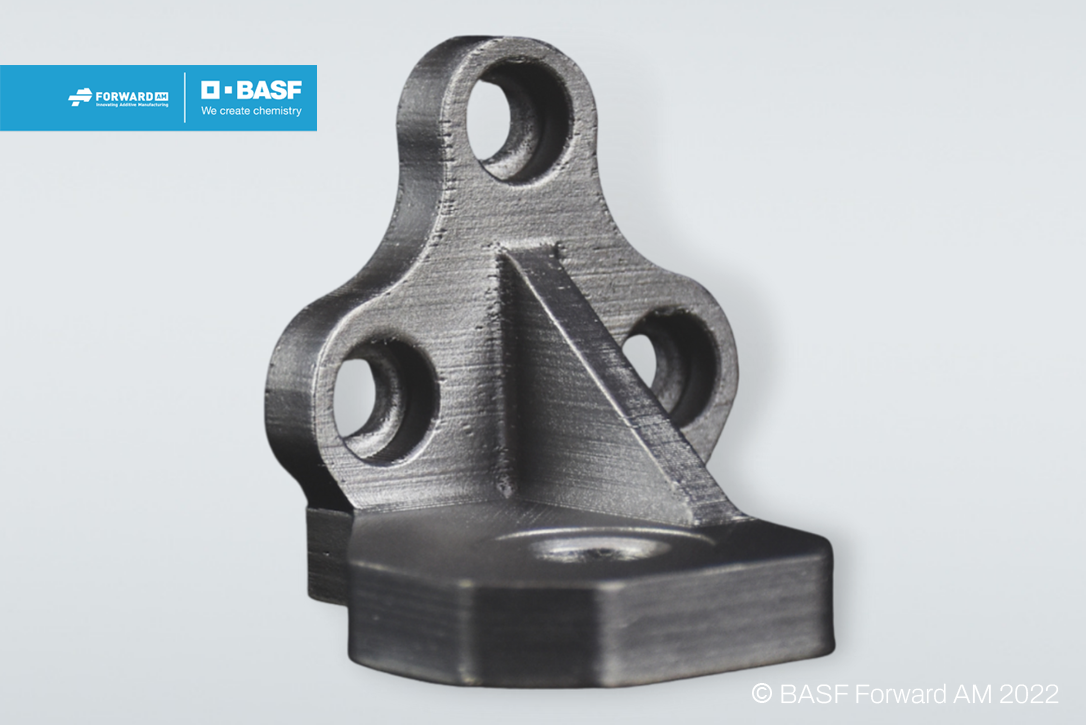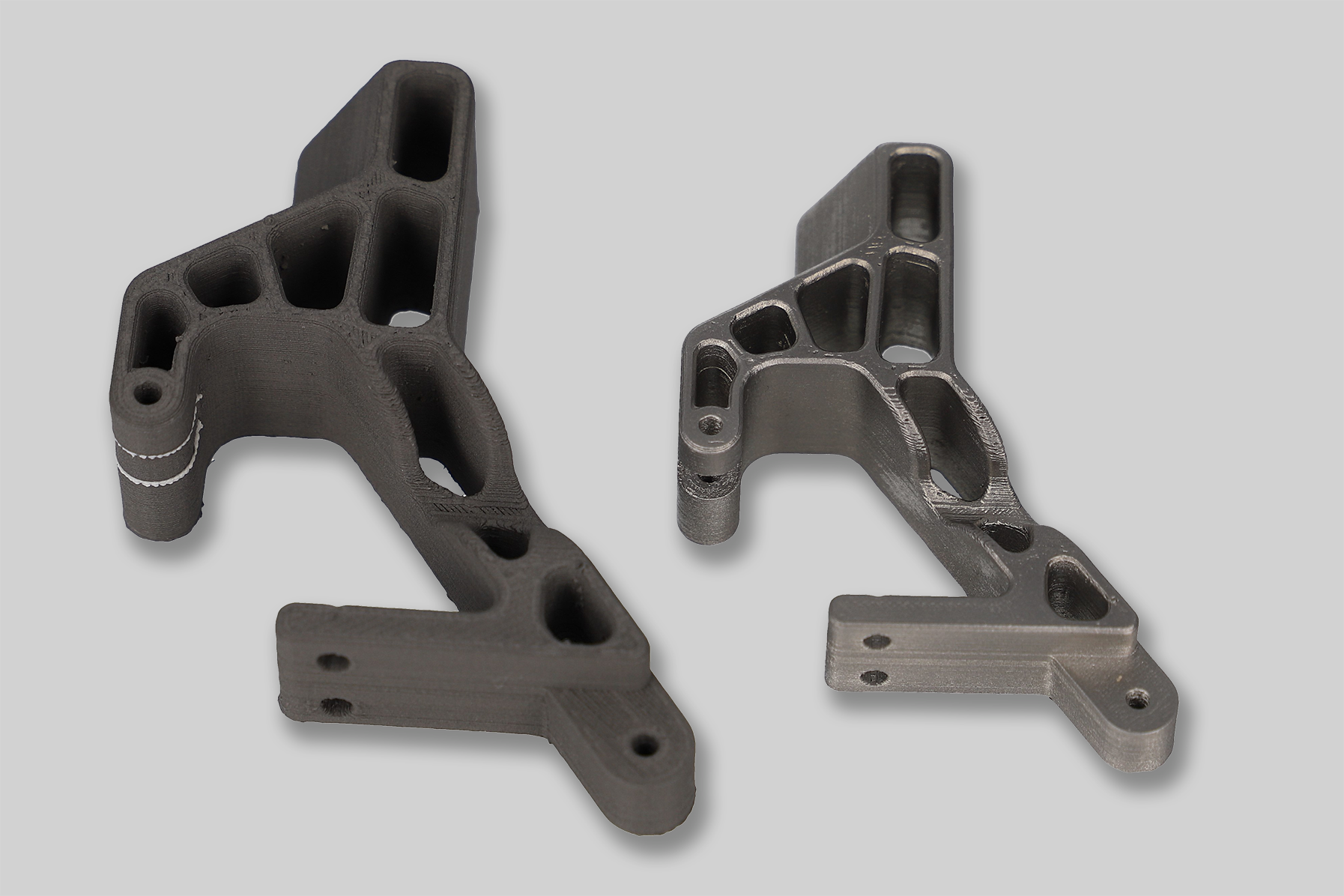Ultrafuse® FFF Metal 3D Printing in Direct Comparison with Other Technologies
Ultrafuse® stainless steel materials from BASF Forward AM are available at the Jellypipe 3D printing service. In direct comparison to other metal printing technologies such as binder jetting or DMLS/SLM, FFF with Ultrafuse® offers easily removable support structures and very simple material handling. Therefore, the cost of the parts is also significantly lower than, for example, from SLM 3D printing. These can be up to 50% cheaper depending on the design and number of parts. One difference is the accuracy, if very exact tolerances are needed, SLM metal printing is preferable to FFF.
Another advantage of FDM metal 3D printing is the ability to create closed parts with infills. This is not possible with powder bed technologies like SLM because a small opening is required to remove the powder.
It is not possible to give a blanket answer as to which technology is optimal for manufacturing a part. It depends on the design and the properties that the finished part must have.
If you have little or no experience, the first thing to do is talk to one of our Solution Partners for advice. Or create an "individual inquiry" with all details in the store, so that we can offer you the optimal solution.






